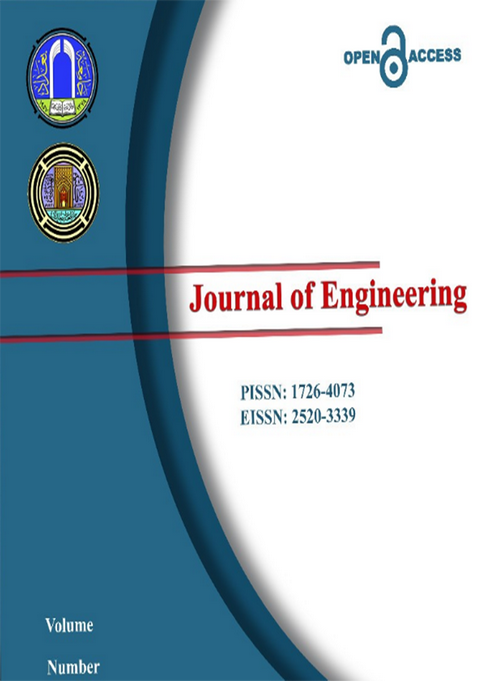Abstract
Reinforcement of refractory castables with steel fibers improves their strength for cracking and
spalling and expands the service life.
The results show that raising the temperature from 700C to 900C causes an increase in porosity
and decrease in bulk density for refractory castables. This happens because of decomposition of the
hydraulic bond of alumina cement.
When the temperature is raised higher than 900C , ceramic bond is formed as a result of sol d
reaction between alumina cement and bauxite aggregate. This leads to reduction of the porosity ar d
increase the bulk density. Steel fibers are affected positively in reducing the porosity ar d
increasing the bulk density for refractory castables. This positive effect increases with in*ease n
the fibers contentup to 1..5%.
All castable samples have good spalling resistances at all temperatures for different percentage of
steel fibers.
Improvement of reinforced refractory castables increases with rising temperature of firing, but it
was not possible to raise the temperature above 1000"C because of the oxidation of the steel fibers.
spalling and expands the service life.
The results show that raising the temperature from 700C to 900C causes an increase in porosity
and decrease in bulk density for refractory castables. This happens because of decomposition of the
hydraulic bond of alumina cement.
When the temperature is raised higher than 900C , ceramic bond is formed as a result of sol d
reaction between alumina cement and bauxite aggregate. This leads to reduction of the porosity ar d
increase the bulk density. Steel fibers are affected positively in reducing the porosity ar d
increasing the bulk density for refractory castables. This positive effect increases with in*ease n
the fibers contentup to 1..5%.
All castable samples have good spalling resistances at all temperatures for different percentage of
steel fibers.
Improvement of reinforced refractory castables increases with rising temperature of firing, but it
was not possible to raise the temperature above 1000"C because of the oxidation of the steel fibers.
